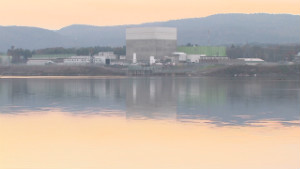[Fukushima NukeBlog Site Map ]
http://www.nytimes.com/2012/02/28/world/asia/japan-considered-tokyo-evacuation-during-the-nuclear-crisis-report-says.html?pagewanted=2&_r=1
http://www.nytimes.com/2012/02/28/world/asia/japan-considered-tokyo-evacuation-during-the-nuclear-crisis-report-says.html?pagewanted=2&_r=1
Mr. Funabashi said his foundation’s investigators had interviewed most of the people involved — except executives at Tepco, which refused to cooperate — and found that the company had in fact said it wanted a total pull out.
He credited Mr. Kan with making the right decision in forcing Tepco not to abandon the plant.
“Prime Minister Kan had his minuses and he had his lapses,” Mr. Funabashi said, “but his decision to storm into Tepco and demand that it not give up saved Japan.”














Fukushima women losing their hair — Resemblance to chemotherapy? (PHOTOS)